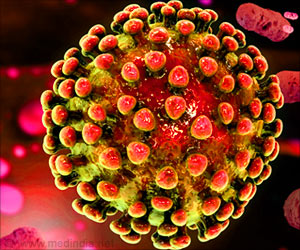Animal and human studies have indicated that greater exposure to EDCs, including phthalates, can harm the development of children and raise their risk of health conditions like asthma, obesity, and later fertility problems, though the exact strength of these associations isn’t clear.
New research at George Washington University’s Milken Institute School of Public Health collected 64 food samples from 6 different restaurants in the San Antonio, Texas area, covering burger shops, a pizza place, and a Tex-Mex restaurant; they also collected pairs of food-handling gloves from three of these restaurants.
They tested them all for commonly reported phthalates as well as other plasticizers that have started to be used as supposedly safer alternatives to phthalates.
They found that 81% of food items contained the phthalate di-n-butyl phthalate (DnBP), while 70% also contained di(2-Ethylhexyl) phthalate (DEHP), which have both been implicated as possible contributors to fertility problems.
About 89% of foods contained some di(2-Ethylhexyl) terephthalate (DEHT), a non-phthalate plasticizer. Authors argue that DEHT may be a safer chemical than other phthalates, but it hasn’t been studied closely yet, so any conclusion about its relative safety in humans is still speculative.
“We found phthalates and other plasticizers are widespread in prepared foods available at U.S. fast-food chains, a finding that means many consumers are getting a side of potentially unhealthy chemicals along with their meal,” said lead author Lariah Edwards, a postdoctoral scientist at George Washington, in a statement provided to Gizmodo.
The plastic packaging used to store these foods is likely one avenue for contamination and the gloves used to prepare the foods for customers maybe another.
Scientists and safety advocates have started to become louder about the health and environmental risks (including contributions to climate change) posed by plastics, though industry-led campaigns have pushed back in return.
It’ll take systemic efforts to truly reduce the presence of these chemicals in our world, but in the meantime, the authors say these and other findings provide another reason why cooking at home is the better, healthier choice when possible.
Source: Medindia



